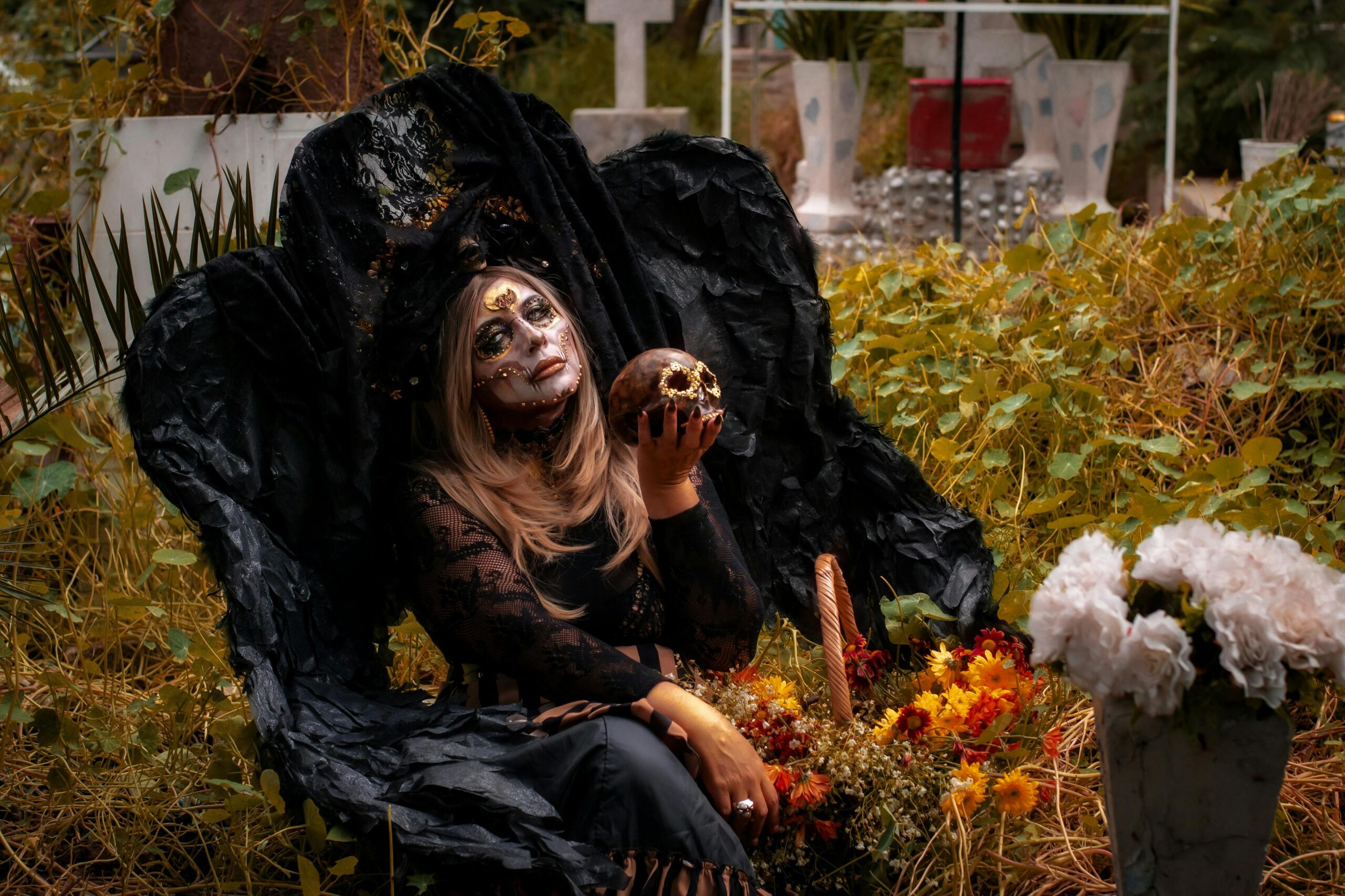Table of Contents
- The Enduring Legacy of November 11: Understanding the Origins of Remembrance Day in Canada
- The Poppy: A Resilient and Poignant Symbol of Sacrifice and Hope
- A Nation Pauses: The Solemn Tradition of the Two Minutes of Silence
- National and Local Commemorations: How to Participate in Remembrance Day Ceremonies
- A Guide for Newcomers: Understanding and Respectfully Observing Remembrance Day in Canada
- Frequently Asked Questions
For many newcomers and international students arriving in Canada, the eleventh day of November presents a unique and deeply moving cultural experience. On this day, the nation collectively pauses to observe Remembrance Day. It is a federal statutory holiday in several provinces, but more importantly, it is a day of profound national reflection, dedicated to honouring the men and women who have served, and continue to serve, Canada during times of war, conflict, and peace. Understanding the history and traditions of this solemn day is a vital part of cultural learning, offering insight into the values that have shaped the Canadian identity. This guide provides a comprehensive overview of Remembrance Day in Canada, exploring its historical roots, cherished symbols, and the ways in which everyone, including those new to the country, can participate in this powerful act of collective memory.
The Enduring Legacy of November 11: Understanding the Origins of Remembrance Day in Canada
The story of Remembrance Day begins in the aftermath of the First World War, a conflict of unprecedented scale and devastation that reshaped the world. The armistice that ended the fighting on the Western Front was signed at the 11th hour of the 11th day of the 11th month in 1918. The following year, King George V of the United Kingdom called upon all people of the Commonwealth to observe a moment of silence at this exact time to honour the immense sacrifices of the fallen. Initially known as Armistice Day, the occasion was dedicated to the memory of those who died in the Great War. In Canada, from 1921 to 1930, Armistice Day was held on the Monday of the week in which November 11th fell. However, this day was also designated as Thanksgiving, which often overshadowed the solemnity of the commemoration. A pivotal change came in 1931 when the Canadian Parliament passed an act to officially designate November 11th as Remembrance Day, a day solely dedicated to honouring veterans and the fallen. This change ensured that the focus remained squarely on remembrance, separating it from any other celebration and cementing its place as one of Canada’s most sacred national observances. Today, Remembrance Day commemorates the sacrifices not only of the First World War but of all conflicts Canada has been involved in, including the Second World War, the Korean War, and more recent peacekeeping missions around the globe.
The Poppy: A Resilient and Poignant Symbol of Sacrifice and Hope
Perhaps the most visible and evocative symbol of Remembrance Day is the vibrant red poppy. Its connection to remembrance was immortalized by the Canadian physician and Lieutenant-Colonel John McCrae in his famous poem, “In Flanders Fields.” Written in 1915 after witnessing the death of a friend, McCrae’s words painted a powerful image of poppies blooming across the war-torn battlefields of Flanders, Belgium. These resilient flowers grew amidst the devastation, their red colour a stark reminder of the blood shed. The poem resonated deeply across the Allied nations and inspired the adoption of the poppy as the official symbol of remembrance. Today, millions of Canadians wear a poppy on their left lapel, close to the heart, in the weeks leading up to November 11. The Royal Canadian Legion, the primary organization supporting veterans and their families, runs the annual Poppy Campaign. Donations collected in exchange for poppies directly fund essential services for veterans, including financial assistance, housing support, and mental health programs. Wearing a poppy is a personal and public statement; it is a way to visually demonstrate gratitude and respect for the sacrifices made by service members and to acknowledge the ongoing duty to support those who have served the country. It stands not as a symbol of war, but as a powerful emblem of hope, peace, and the enduring memory of those who gave their lives for freedom.
A Nation Pauses: The Solemn Tradition of the Two Minutes of Silence
At the heart of every Remembrance Day ceremony is a simple yet profoundly moving tradition: the Two Minutes of Silence. At 11:00 a.m. on November 11, Canadians across the country, from bustling city centres to quiet rural towns, cease all activity to stand in quiet contemplation. This nationwide pause is a powerful act of collective remembrance. The first minute is traditionally dedicated to honouring the memory of the approximately 117,000 Canadians who have died in service to the country. It is a moment to reflect on their sacrifice, the families they left behind, and the future they never had. The second minute is for remembering the countless others who have suffered the wounds of war—both visible and invisible. This includes the veterans who returned home with physical injuries and psychological trauma, the families whose lives were irrevocably changed, and all those who continue to serve in dangerous peacekeeping and military operations today. During these two minutes, traffic may stop, workplaces fall silent, and schools pause their lessons. The silence is often broken by the playing of “The Last Post,” a haunting bugle call that was historically used in military tradition to signal the end of the day, but is now used at funerals and commemorative services to symbolize that the duty of the fallen has ended and they can rest in peace. This shared moment of stillness unites the country, transcending all differences to create a space for shared grief, gratitude, and a collective commitment to peace.
National and Local Commemorations: How to Participate in Remembrance Day Ceremonies
Across Canada, Remembrance Day is marked by a wide array of public ceremonies, offering everyone a chance to participate in this important act of remembrance. The most prominent of these is the National Remembrance Day Ceremony held at the National War Memorial in Ottawa. This solemn event is attended by the Governor General, the Prime Minister, representatives of veterans’ organizations, and thousands of members of the public. It is broadcast live across the country, allowing Canadians from coast to coast to coast to witness the laying of wreaths, the playing of “The Last Post,” and the national observance of the Two Minutes of Silence. Beyond the capital, major ceremonies are held in provincial capitals and large cities like Toronto, Vancouver, and Montreal, often at significant cenotaphs or war memorials. However, the spirit of Remembrance Day is just as powerful in smaller communities. Local branches of The Royal Canadian Legion organize services in towns and neighbourhoods, ensuring that remembrance is accessible to all. These local events often have a deeply personal feel, honouring community members who served and fell. Participation is a way to connect with the local community and show support for local veterans.
Key Ways to Participate:
- Attend a Local Ceremony: Find the nearest ceremony at a local cenotaph, Legion hall, or community centre. Arriving a little early is recommended.
- Wear a Poppy: Obtain a poppy by donation from a member of the Royal Canadian Legion or from donation boxes found in most stores and public places.
- Observe the Two Minutes of Silence: Whether at a public ceremony, at work, or at home, pause at 11:00 a.m. for two minutes of silent reflection.
- Watch the National Broadcast: Tune into the live broadcast from Ottawa to experience the national ceremony.
- Visit a War Memorial: Take time to visit a local war memorial or cenotaph to read the names and reflect on the history of the community’s contribution.
A Guide for Newcomers: Understanding and Respectfully Observing Remembrance Day in Canada
For those who have recently made Canada their home, Remembrance Day can be a new and unfamiliar tradition. Understanding its significance is a key step in integrating into Canadian society and appreciating the country’s history and values. It is important to recognize that this is a day of solemn reflection, not celebration. The mood is one of respect, gratitude, and sombreness. When attending a ceremony, it is customary to dress respectfully, similar to how one might dress for a formal or serious occasion. Speaking should be kept to a minimum during the service, especially during prayers, readings, and the Two Minutes of Silence. Participating is a powerful gesture of solidarity. Wearing a poppy is a widely accepted way to show respect, and newcomers should feel welcome to do so. Observing the Two Minutes of Silence, even if just by pausing for a moment wherever you are at 11:00 a.m., demonstrates an understanding and appreciation of this profound Canadian tradition. For international students and new immigrants, taking the time to learn about Remembrance Day is an act of cultural respect that builds a deeper connection to their new country. It is an opportunity to comprehend the sacrifices that have contributed to the peace and freedom that make Canada a desirable place to live, work, and study.
Frequently Asked Questions
What is Remembrance Day in Canada?
Remembrance Day is a solemn national day of observance held on November 11 each year. It is dedicated to honouring the men and women of the Canadian Armed Forces who have served and sacrificed their lives in wars, conflicts, and peacekeeping missions to protect the nation’s freedom.
Why do people wear poppies for Remembrance Day?
The poppy became a symbol of remembrance after the First World War, inspired by Lieutenant-Colonel John McCrae’s poem “In Flanders Fields,” which described poppies growing on battlefields. It serves as a powerful visual pledge to honour the sacrifices of veterans and to support the work of the Royal Canadian Legion in assisting veterans and their families.
What happens at 11 a.m. on November 11 in Canada?
At 11:00 a.m. on November 11, Canadians across the country observe two minutes of silence. This tradition marks the exact time the armistice was signed to end the First World War and provides a moment for the nation to collectively pause and reflect on the sacrifices made by its service members.
How can newcomers respectfully participate in Remembrance Day?
Newcomers can respectfully participate by wearing a poppy on their left lapel, attending a local ceremony, and observing the two minutes of silence at 11 a.m. It is a day of solemn reflection, so behaving with quiet respect during ceremonies is the most important way to show understanding and solidarity.
Talk to us to find out more. ->
The content above is not intended to provide legal advice or opinions of any kind and may not be used for professional or commercial purposes.







